⭐ BEST FERRY via CEBU & Countryside Tour: Our pick for Ferry Tickets and Countryside Tours.
- Bohol
- What to Do in Bohol
- Bohol Birding Paradise
Birding Paradise: Discover the Spectacular Avian Wonders of Bohol
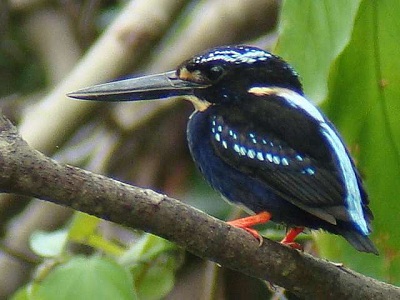
Birding in Bohol offers a captivating and rewarding experience for nature enthusiasts and bird lovers alike. With its diverse ecosystems and rich biodiversity, the island provides a haven for numerous bird species, making it a prime destination for bird-watching.
Bohol Birding or Bird-watching is now becoming a favorite pastime for more and more people. People have a natural love for birds, even to the point of worshipping them, which finds expression in paintings, poetry, songs and stories. It is spoken of in Philippine folklore in “Ibong Adarna” and often used to symbolize power in the eagle, peace in the dove and happiness in the bluebird.
Ready to explore the beautiful islands of Cebu and Bohol? Secure your ferry tickets today through 12go and start your unforgettable journey!

Rajah Sikatuna National Park
One of the top birding locations in Bohol is the Rajah Sikatuna National Park. This expansive forested karst limestone area has been designated as a protected landscape and is home to a wide array of bird species. With a total land area of 9,023 hectares, including 6,300 hectares of forests, natural habitats, and man-made areas, the park offers ample opportunities for bird watchers to explore and spot various avian species. To enhance the bird-watching experience, the park has designated trails and footpaths that wind through specific bird habitats. Birders can also use birdcall tapes to attract shy birds and increase their chances of observing rare species. The park's headquarters provides a birder's logbook, which serves as a helpful guide for both beginners and experienced bird watchers.
Some of the notable bird species that can be found in the Rajah Sikatuna National Park include the Philippine Eagle, Visayan Hornbill, Philippine Cockatoo, Writhed Hornbill, and Blue-headed Fantail, among others. These birds exhibit a remarkable variety of colors, plumage, and behaviors, making every sighting a delight for bird enthusiasts. While the provided bird photos in this article are for illustrative purposes, visitors to the park can capture their own stunning images of these magnificent creatures.
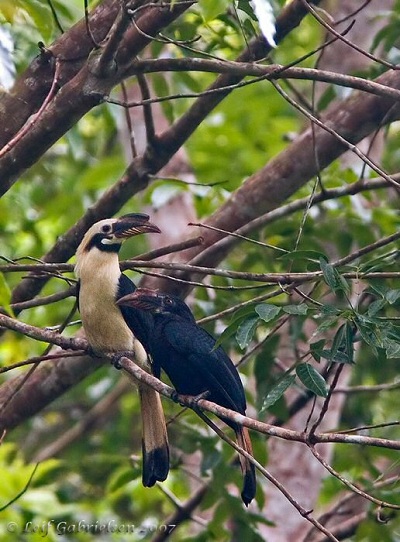
Olango Island Wildlife Sanctuary
Another important birding location is the nearby Olango Island Wildlife Sanctuary. Situated on Olango Island, this sanctuary comprises mangrove forests, mudflats, and sea grass beds. These wetland areas serve as critical habitats for various fish species and invertebrates, attracting a large number of birds that feed and roost in the area. The Olango Island Wildlife Sanctuary is particularly significant as it lies along the East Asian Migratory Flyway, a major migratory route for shorebirds and water birds. Tens of thousands of migratory birds, including endangered and threatened species, make a stopover at this sanctuary during their bi-annual journey. The sanctuary provides a unique opportunity to observe these migratory birds up close as they rest and refuel on their long journey.


Birding offers a multitude of reasons for its popularity among nature enthusiasts. Birds are fascinating creatures with their vibrant feathers, melodious songs, and unique behaviors. Observing and studying birds not only provides pleasure but also contributes to our understanding of their habitats, migrations, and conservation needs. The allure of birds spans across cultures and has inspired artistic expressions in paintings, poetry, songs, and stories.
In recent years, birding has gained significant traction, with more people investing in specialized equipment like binoculars and spotting scopes to enhance their bird-watching experience. Additionally, bird sanctuaries and conservation efforts have gained prominence, with individuals and organizations dedicating resources to provide bird food, shelter, and water. Bohol has embraced this trend, offering excellent opportunities for bird enthusiasts to explore and appreciate the island's avian treasures.
Birding in Bohol is not limited to specific locations; birds can be found throughout the island, from grasslands and forests to the most unexpected places like crowded cities. Birds have an extraordinary ability to adapt and thrive in diverse environments, showcasing their resilience and captivating beauty. Their songs and calls serve as a source of pleasure and inspiration, and their flight patterns have even influenced human aviation design.
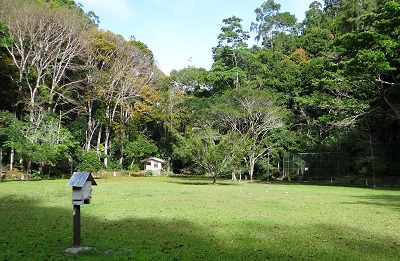
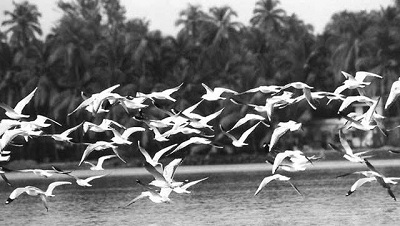

With over 9,000 identified bird species worldwide, each with its unique characteristics and habitats, birding offers a lifelong journey of discovery and learning. Whether observing familiar birds in one's neighborhood or embarking on birding trips to distant lands, the fascination with these winged creatures continues to grow. Modern science, including advancements in biochemical research and DNA analysis, has aided in the identification and classification of bird species, further deepening our understanding of their intricate biology.
For those interested in birding in Bohol, it is essential to respect the natural habitats and adhere to ethical bird-watching practices. This includes maintaining a safe distance from the birds to avoid causing disturbance or stress. It is also crucial to avoid disturbing nesting sites and to follow any guidelines or regulations set by the authorities managing the birding areas.
To make the most of a birding trip to Bohol, it is recommended to plan ahead and research the best seasons and times for bird-watching. Some species may be more active or visible during specific periods, such as migratory birds visiting the Olango Island Wildlife Sanctuary. Local birding guides or experts can provide valuable insights and assistance in spotting and identifying bird species.
In addition to exploring bird sanctuaries and protected areas, one can also encounter fascinating birds in everyday settings. Bohol's landscapes, including its barrios, gardens, and even window sills, provide opportunities to observe birds such as the Maya, blue Kingfisher, Hummingbird, and Swallows. These encounters can be delightful, showcasing the diverse avian life that coexists with the island's human inhabitants.
For those looking to delve deeper into the world of birds, there are numerous resources available, including books and online platforms, that offer comprehensive information and stunning visuals of bird species in their natural habitats. These resources contribute to raising awareness about the importance of bird conservation and inspire people to appreciate and protect these remarkable creatures.
In conclusion, birding in Bohol offers a chance to immerse oneself in the beauty and wonder of avian life. With its remarkable bird species, diverse ecosystems, and dedicated conservation efforts, the island provides a rewarding experience for bird enthusiasts. Whether exploring the trails of Rajah Sikatuna National Park or witnessing the migratory birds at the Olango Island Wildlife Sanctuary, birding in Bohol is a journey filled with discovery, admiration, and a deepening appreciation for the natural world.
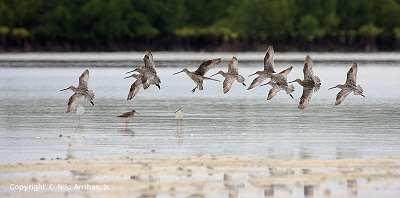
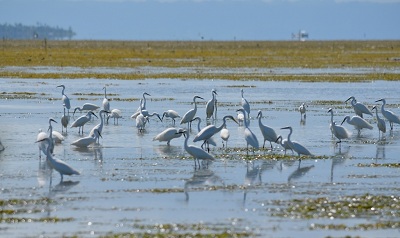
Ready to explore the beautiful islands of Cebu and Bohol? Secure your ferry tickets today through 12go and start your unforgettable journey!
recommended hotel booking
Book your stay in Bohol's breathtaking surroundings through Agoda and experience the ultimate relaxation
Top 25 Sights and Attractions in Bohol
- Chocolate Hills
- Tarsier Conservation Sanctuary
- Panglao Island
- Loboc River Cruise
- Hinagdanan Cave
- Balicasag Island
- Alona Beach
- Bilar Man-made Forest
- Blood Compact Shrine
- Baclayon Church
- Bohol Bee Farm
- Anda Beach
- Sipatan Twin Hanging Bridge Loboc
- Danao Adventure Park
- Sagbayan Peak
- Butterfly Conservation Center
- Clarin Ancestral House
- Dimiao Twin Falls
- Mag-Aso Falls
- Anda White Beach
- Lamanok Island
- Rajah Sikatuna Protected Landscape
- Dauis Church
- Can-umantad Falls
- Punta Cruz Watchtower
All Rights Reserved ©2024. Bohol Philippines Travel Guide
Address: Talibon, Bohol, Philippines